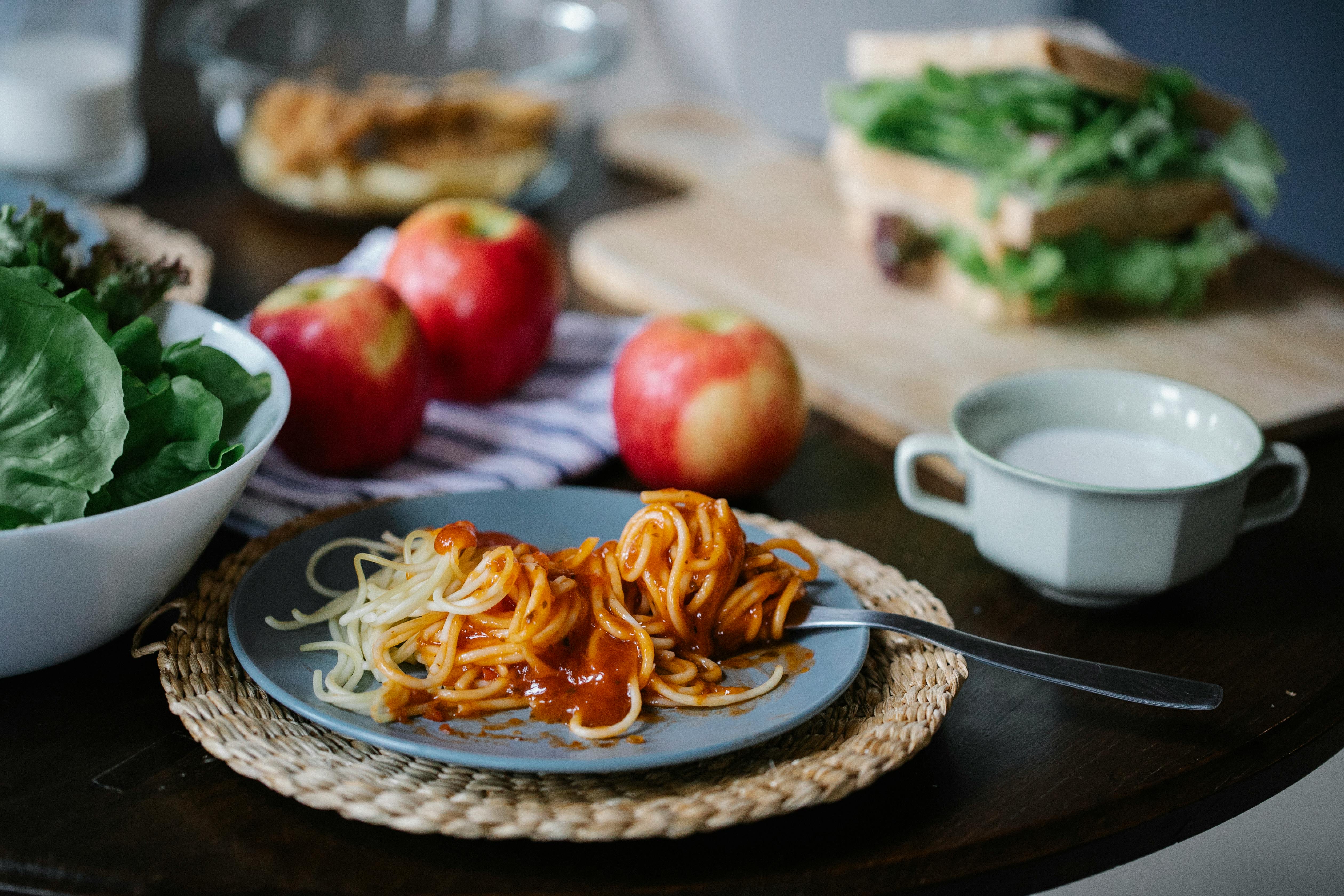Sealing and varnishing of your work
You have two options when painting with watercolors on an alternate medium such as clay board or watercolor canvas: you can frame behind glass as with a traditional watercolor, taking the same precautions that the paint itself does not come into direct contact with the glass and that there is a gap between the artwork and the glass or you can seal your work and frame it as an oil or acrylic painting. Because the paint lifts so easily from these surfaces, I for one feel more confident sealing and varnishing.
The latter definitely has some advantage. If you paint on large surfaces, a matte painting framed behind glass can be an expensive and heavy purchase to hang. Some artists have commented that larger sealed and varnished watercolor canvas paintings sell better because they are easier to frame and the frames are lighter without the glass. There is a school of thought that also acknowledges the fact that oil paints command higher prices than watercolors. Perhaps it is the long tradition of oil painting that adds a certain mystique to the works. Or maybe it’s the advantage of being able to frame without glass. Victorian watercolourists went to great lengths to use body color and gum arabic to “enhance” a painting and make it look like oil in order to command higher prices for their work. For me, I looked at glassless framing as a means of transporting works more easily for shows, not to mention safer.
I experimented with several different approaches to arrive at a sealing method that I use now. Now I must say that I like a glossy finish, so the products I mention are all about achieving this goal. For cardboard and canvas paintings, I start with the cardboard fixer first. I use about three coats, leaving plenty of time for it to dry between coats. After this, I use the Krylon Triple-Thick Clear Glaze. “Triple thickness” refers to the fact that one coat of this product is equivalent to three coats of other clear acrylic fixatives. I will apply at least two coats until I achieve the finish I am looking for. I follow this up with a UV resistant varnish, also from Krylon. I will usually spray six thin coats to complete the process. There are a couple of things to keep in mind when doing this: First of all, make sure you have a large space that is covered to spray. Make sure there is nothing nearby that could catch some of the spray. You’ll want to take off your glasses, if you wear them. Find it the hard way. Make sure the room is well ventilated. There will be a lot of spraying so be sure and take that precaution.
Golden recommends another method for varnishing acrylics. This method requires a layer of insulation so that this layer will protect the acrylic in case the varnish needs to be removed. Isolation layer is gold soft gel glitter, two parts gel is mixed with one part water and applied by brush. I applied this layer on a watercolor canvas. Despite being the glossy finish, it wasn’t quite as glossy as I liked, but perhaps if you’re looking for a more matte finish you might appreciate the look. I also didn’t like applying this with a brush. The mixture is quite watery and it combs easily, but I preferred to spray. This coat is followed by MSA Archival Varnish. For prints, this is up to eight thin layers. I do at least six layers for paintings and prints. It’s an easy precaution to take to protect your work. Since I have used MSA Archival Varnish for prints, I have now opted to use it instead of Krylon Varnish.
I have tried both approaches with watercolor works on paper. I mounted the work on the cardboard before starting. Can’t say I was happy with the results and will continue to use this for alternate mounts. The good thing about varnishing your works is that you get a very nice product when you finish. I find that the gloss finish really adds a lot and the paint looks like watercolor when the paints were first applied, juicy and wet.



